Ultimate Guidebook for Limi Valley Trek: Visit Untouched Nepal
This Guidebook for Limi Valley Trek provides travel into one of Nepal's most pristine and untouched regions, lying in the far northwest, offering an unforgettable experience with breathtaking landscapes, unique Tibetan-influenced culture, and rare wildlife.
This guide covers everything From planning the perfect Limi Valley trek itinerary to understanding the Limi Valley trek cost. Be it the Limi Valley trek map or the best Limi Valley trek package, this is a trek that promises adventure and serenity.
Once in a lifetime, take part in this magical journey of the Limi Valley trek from Kathmandu and experience nature and tradition like never before!
Highlights of the Limi Valley Trek
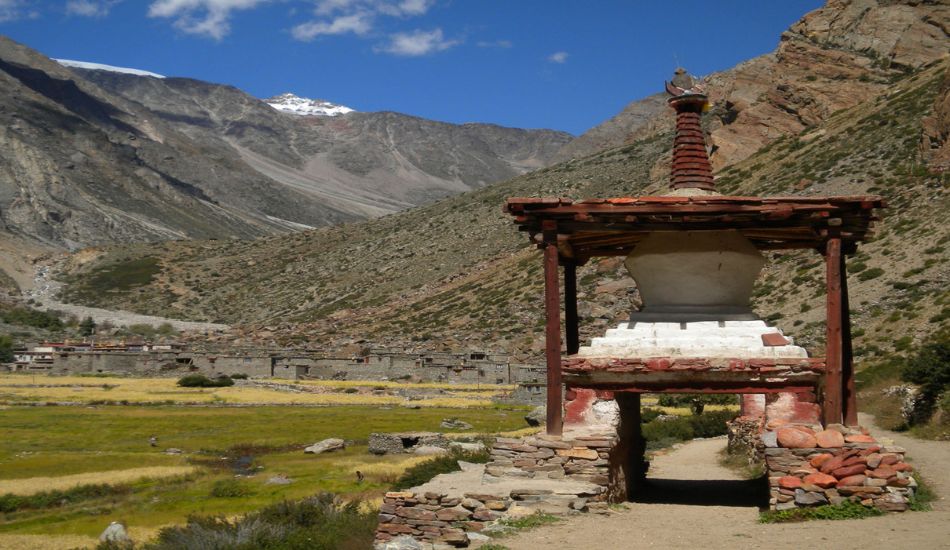
- Breathtaking Mountain Landscapes: Enjoy breathtaking views of various towering peaks, including Mt. Kailash, Saipal Himal, and Api Himal, which add to the enchanting beauty throughout the trek.
- Rich Tibetan Culture: Be witness to the thriving Tibetan culture and traditions, including the customs, rituals, and warm hospitality among the inhabitants.
- Sacred Monasteries: The trekking route comprises monasteries such as Halji and Zang, adorned with intricate murals and housing several centuries-old Buddhist relics.
- Remote Wilderness: Trek through unspoiled landscapes rich in flora and fauna, including rare snow leopards and blue sheep.
- Charming Villages: Til, Halji, and Jang are picturesque villages with stone houses, fluttering prayer flags, and a serene atmosphere.
- Hot Springs for Healing: Treat your body and soul to the invigorating hot springs of Chagzur, famous for their therapeutic and healing effects.
- Off-the-Beat Adventure: Avoid the hustles and walk through serenity in less traveled paths, unmatched in tranquility and adventure.
Why is it a Hidden Gem
Untouched Beauty Overview
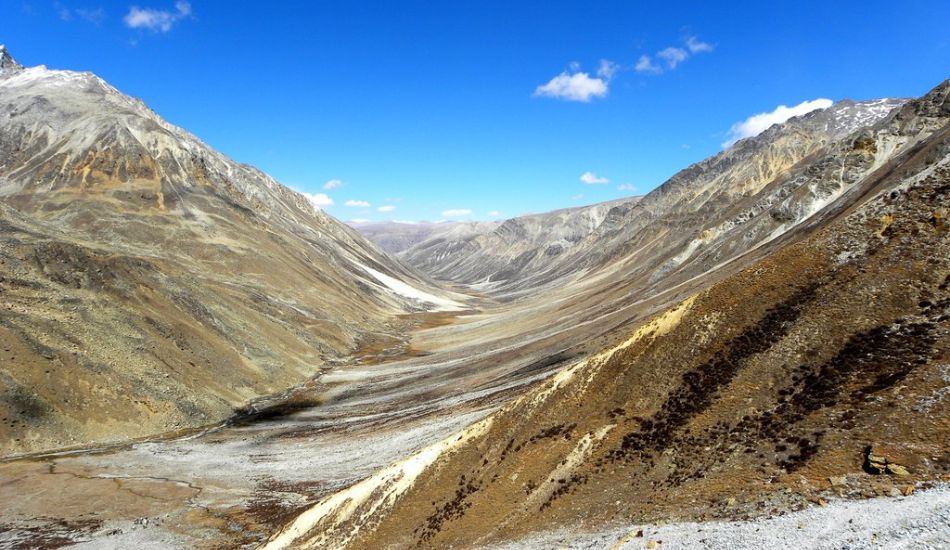
It is a hidden treasure, which has natural beauty that has not been marred by city life or mass tourism. Its remoteness guarantees a view of tall mountains, green fields, and clear rivers. The landscape changes with the seasons, with vibrant greens in the summer and snowy scenes in the winter.
Trekking herein is just about entering the world of nature, which lives with no sense of times changing. It is simply a heaven for those adventurers looking for serenity and tranquility.
Rich Cultural Heritage and Tibetan Influence
The culture here shows a strong impact of the traditions of Tibet, hence it will be a very different cultural journey. Villages like Halji, Jang, and Til represent an ancient Tibetan way of living and architecture along with spiritual lifestyles. Monasteries, such as Halji Gompa, are not just places of worship but hold centuries-old traditions.
Visitors can witness the locals performing rituals, spinning prayer wheels, and chanting Buddhist prayers. Such a combination of culture and spirituality provides one of the few insights into a life where religion is inextricably linked with day-to-day functions.
Wildlife and Biodiversity Unique to the Region
It is a haven for wildlife enthusiasts, comprising flora and fauna in the high-altitude Himalayas. The valley consists of endangered species, including snow leopards, Himalayan blue sheep, and rare birds, including golden eagles and Himalayan vultures.
It contains different landscapes, such as alpine meadows and rocky cliffs, which create a good ecosystem for these creatures. It allows trekking and a glimpse of this unique biodiversity in proximity, hence being a haven for nature lovers and photographers. Local conservation has ensured that this fragile ecosystem remains preserved for the future.
Limi valley Trek Itinerary
Day 1: Arrival in Kathmandu
Arrive at Kathmandu, meet your trekking guide, and rest.
Sightseeing around local places like Pashupatinath or Boudhanath if time permits.
Day 2: Kathmandu to Simikot
Domestic flight from Kathmandu to Simikot (about one hour).
Explore Simikot, prepare for the trek, and acclimatize to the altitude.
Day 3: Simikot to Dharapori
Trek from Simikot to Dharapori, 5-6 hours.
Pass through villages and enjoy scenic views, with an overnight in a guesthouse.
Day 4: Dharapori to Kermi
Trek to Kermi, following the Humla River. The trek takes 6-7 hours. Experience the rural life of the area and stay overnight in a local lodge.
Day 5: Kermi to Yalbang
Continuing the trek, one reaches Yalbang (5-6 hours). Visit monasteries to feel the Tibetan-influenced culture of the region.
Day 6: Yalbang to Tumkot
Trek to Tumkot by crossing several streams and enjoying the beautiful landscapes. It takes 5-6 hours. Stay overnight in a simple lodge or camping site.
Day 7: Tumkot to Sali
Trekking is difficult to reach Sali; it takes 6-7 hours, and the mountain views are breathtaking. Enjoy the serene surroundings and overnight in a local guesthouse.
Day 8: Sali to Limi Valley
Trek to Limi, which will take around 7-8 hours. You'll be gifted with breathtaking views and tranquility.
Acclimatize and get familiar with the surroundings.
Day 9: Explore Limi Valley
Spend the day exploring the valley: villages, monasteries, and the way of life in this far-flung area.
Enjoy the virgin beauty and tranquil atmosphere.
Day 10: Return to Simikot
Initiate the return trek to Simikot (7-8 hours) on the same route.
Enjoy the journey back with new memories of Limi.
Day 11: Simikot to Kathmandu
Fly from Simikot back to Kathmandu.
Rest and relax or explore more of Kathmandu before departure.
Day 12: Departure from Kathmandu
On your final day in Kathmandu, prepare for your journey home or continue exploring Nepal.
→For the 18-Day Itinerary provided by our team, click here.
Best Time to Visit Limi Valley

1. Spring (March to May)
Spring is the ideal time to visit, as the temperature varies from 10°C to 20°C during the day. The weather is enjoyable, and the region attains its vibrancy with rhododendron blooms and lush greenery.
The clear skies offer breathtaking views of snow-capped mountains; hence, it is considered an ideal season for trekking and nature photography.
2. Autumn (September to November)
Autumn is the peak season, when it is neither too cold nor too hot, with day temperatures from 5°C to 15°C but cooler nights. Skies are crystal clear, with unrivaled views of mountain ranges and valleys.
Landscapes don an amber hue, while the stable weather conditions ensure a comfortable time for trekking. Also, this season allows one to take in local festivals and the cultural ethos.
3. Summer/Monsoon (June to August)
During summer, the day temperature fluctuates between 15°C to 25°C, while heavy rain showers make the trails pretty bad. The heavy rains of the monsoon create lush greenery and fewer trekkers, but these are hazardous paths and might have blockages in the trail caused by landslides.
If you want to trek during this time, carry all waterproof gear and be ready to change the itinerary anytime.
4. Winter (December to February)
Winter is cold, the daytime temperature fluctuating between -5°C to 5°C and further falling in the night. The region usually turns into a tranquil, snow-covered wonderland with views of stunning winter scenery.
However, trekking has challenges due to excessive cold and sometimes snow-blocked trails. Only experienced trekkers with proper gear and preparation should consider visiting this season.
How to Prepare for the Trek
Physical Fitness and Training Tips for Trekkers
- Build endurance with running, cycling, or swimming to increase stamina for long treks. This prepares your body for continuous effort during the trek.
- Strengthen legs with squats, lunges, and step-ups to handle steep climbs and descents. This helps maintain energy during the trek.
- Hike with a weighted backpack to simulate real trekking conditions. Gradually increase the weight to prepare for carrying gear over rough terrain.
- Do breathing exercises or yoga to improve lung capacity. This helps your body adjust to lower oxygen levels at high altitudes.
- Stretching and yoga increase flexibility and prevent muscle strain. This reduces the risk of injury during the trek.
- Hike at higher altitudes to help your body acclimatize to thinner air. This makes the trek easier.
- Rest and recover between workouts to avoid overtraining. Proper recovery keeps you energized and ready for the trek.
Necessary Permits and Regulations
- Restricted Area Permit: Trekkers must obtain a special Restricted Area Permit (RAP), as it lies in a restricted area of Nepal. The Department of Immigration issues this permit.
- TIMS Card: A Trekkers' Information Management System (TIMS) card is mandatory for all trekkers in Nepal, which helps track trekking activities and ensures safety.
- Permit Application Process: Permits are normally processed through a registered trekking agency, which will handle all the formalities regarding paperwork and fees.
- Valid Passport: The permit application calls for a valid passport for at least six months.
- Photography Restrictions: Photography is limited in certain areas, especially near military establishments or religious institutions. One is advised to make inquiries from locals about specific no-go areas.
- Local Regulations: Trekkers must respect the local culture and environment, following guidelines to protect the region’s unique ecosystem and cultural heritage.
Essential Trekking Preparations For Nepal (Must Read)
Packing Essentials for the Trek
Clothing and Footwear
Layered clothing
Trekking boots
Socks (moisture-wicking)
Sleeping and Rest Gear
Sleeping bag (rated for -10°C)
Backpack with rain cover
Trekking Tools and Navigation
Trekking poles
Headlamp with extra batteries
Maps and compass/GPS device
Protection and Health
Sunglasses (UV-protected)
Hat (wide-brimmed and warm)
First aid kit
Altitude sickness medication
Hydration and Nutrition
Water purification system (bottle or tablets)
Snacks (energy bars, nuts, dried fruits)
Personal Care and Miscellaneous
Sunscreen and lip balm (high SPF)
Camera/Smartphone
Cash (local currency)
Dry bags
Toiletries (biodegradable soap, toothpaste, etc.)
For more Details, Click Here.
Challenges of the Trek
- Remote location with limited access to services
- Risk of altitude sickness due to high elevation
- Rugged and uneven terrain
- Unpredictable weather conditions
- Limited accommodation options
- Logistical challenges in securing permits and transportation
- High physical demands of long days of trekking
Tips for the Limi Valley Trek
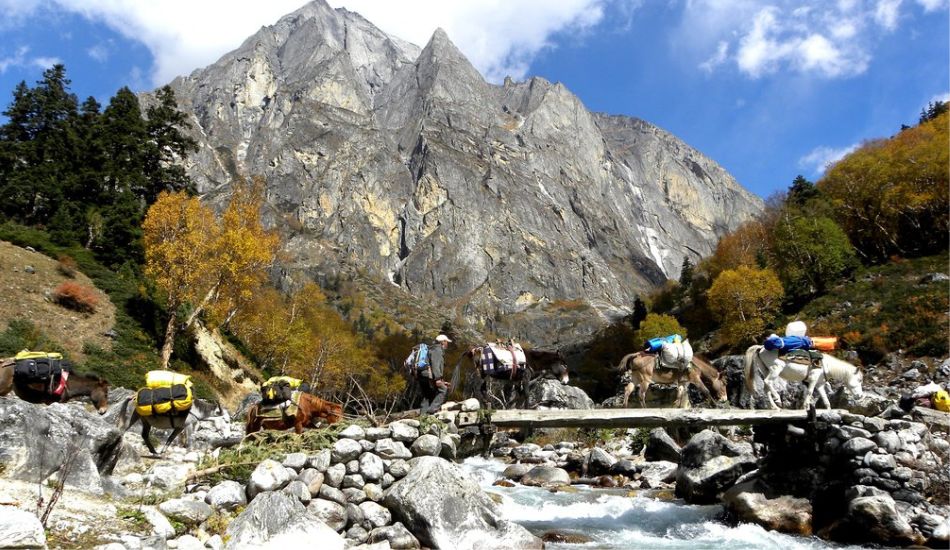
- Acclimatize Properly: Spend extra time at higher elevations to adjust to the altitude and avoid sickness.
- Pack Smart: Keep your gear light, but ensure you have all the essentials like warm layers, a sleeping bag, and a first-aid kit.
- Stay Hydrated: Drink plenty of water to prevent dehydration, especially in dry and high-altitude conditions.
- Trek with a Guide: Get a local guide for navigation and safety purposes and to enlighten you about cultural knowledge.
- Check Weather Conditions: Obtain a good weather forecast to be aware of sudden changes in weather conditions.
- Respect Local Customs: Respect the culture and religious traditions, especially in villages, which Tibetans predominantly influence.
Conclusion
The Limi Valley Trek is one of the most fantastic treks, offering a rare opportunity to explore one of Nepal's most untouched and remote regions. This trek offers breathtaking landscapes, rich cultural experiences, and a sense of tranquility found only in such a secluded destination. However, due to its challenges, it's essential to be well-prepared physically and mentally to enjoy the experience fully.
So, if one is ready to commence this unbelievable journey, Dolpo Caravan Treks can make one's adventure hassle-free and memorable. With the company of expert guides and highly personalized services, they see to it that everything you might want for a safe yet rewarding trek across magnificent Limi Valley is assured.
FAQs
What is the Limi Valley Trek price?
The price for trekking differs according to the time duration, package, and services included. The average cost ranges from $1,200 to $2,500, which covers permits, transportation, accommodation, and guide services. Prices may also vary depending on the trekking season and the size of the group.
What is the Limi Valley Trek distance?
The total distance of the trek covers approximately 150 to 180 kilometers, depending upon your itinerary and route. Normally, the trek duration is 10-12 days, as the trekkers cover an area of about 10-15 kilometers per day. The distance may vary depending on the starting and stopping places.
What are the challenges of trekking in remote regions like Limi Valley?
Trekking in remote regions involves challenges such as limited access to medical facilities, unpredictable weather, rugged trails, and adequate preparation due to high altitudes.
How can I avoid altitude sickness during the trek?
The main point regarding altitude sickness is proper acclimatization, achieved by resting at higher altitudes, drinking a lot of water, and going up slowly. Any consumption of alcohol should also be avoided, and maintaining a good pace will also reduce some risks.
What accommodations can I expect on the trek?
Accommodations for the trek vary from basic to simple teahouses and guesthouses. Some areas with minimal teahouses mean camping out and preparing for rustic, simple comfort.

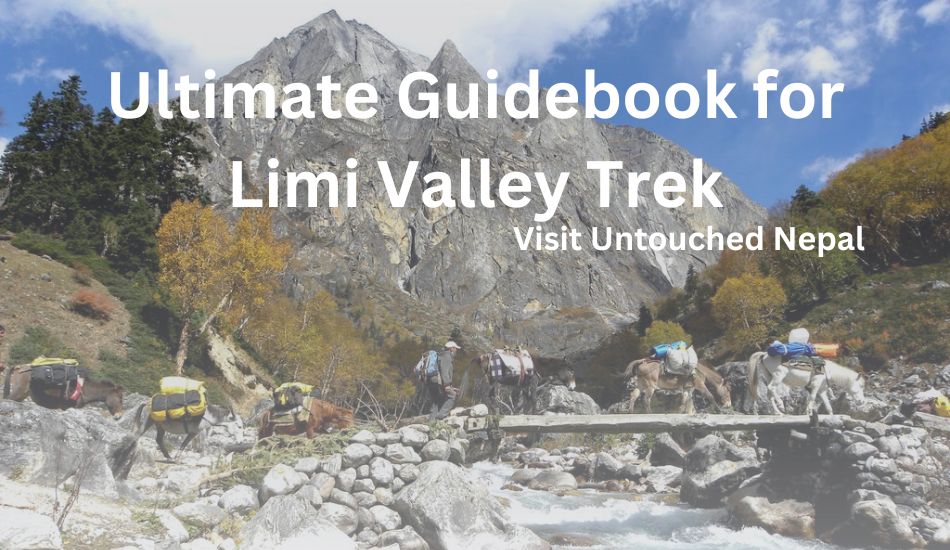
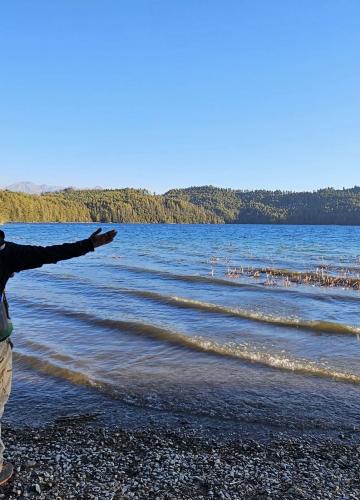
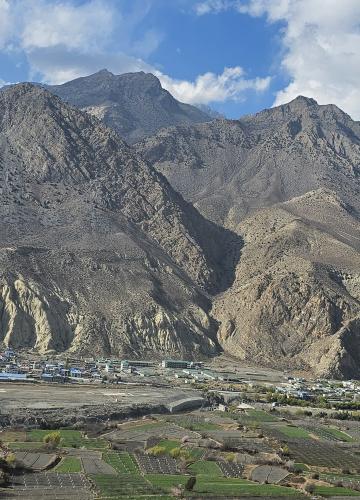
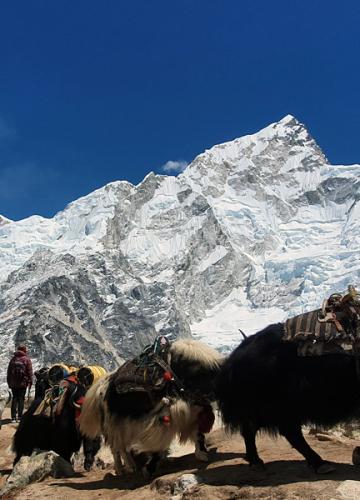
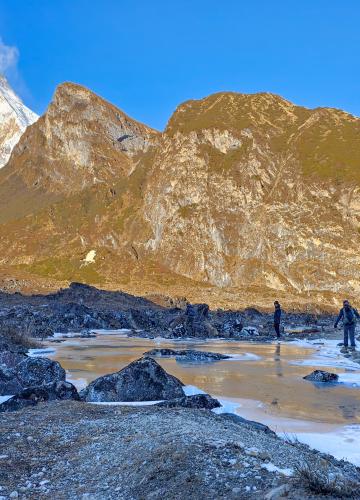
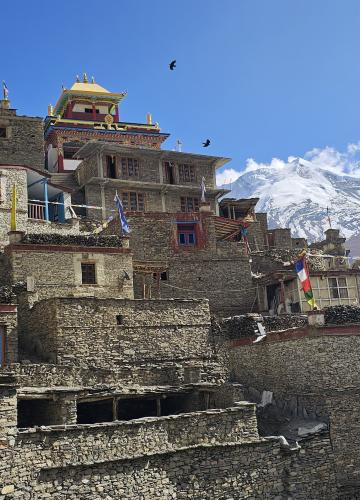
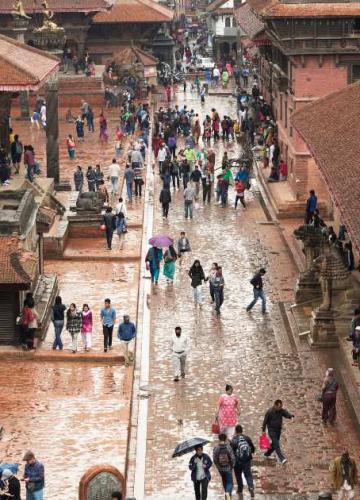

Leave Your Comment